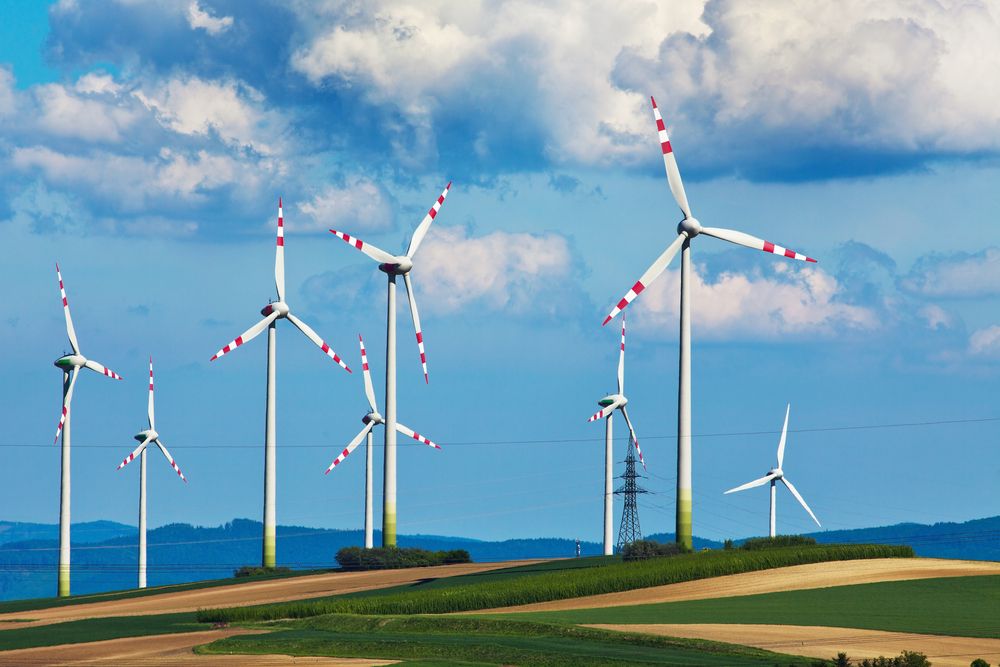Larta Institute, the LA-based commercialization origination and organizer of agtech’s longest running conference the Ag Innovation Showcase, is moving into new territory after winning a contract from the US Department of Energy (DOE).
The contract, which will be managed by Larta’s new energy practice, is to manage the DOE’s national Commercialization Assistance Program (CAP) for as many as 450 Small Business Innovation Research (SBIR) awardees per year. To get an idea of the scale, in 2016, the DOE granted over $224 million to SBIR recipients.
Larta’s energy practice will be led by David Berokoff, a 37-year veteran of the energy industry, who will lead over 60 energy experts and a program management team to “collectively work with DOE’s SBIR awardees to frame business models, build strategic networks, and lead other aspects of the transition from lab to market” according to a press release.
While energy is a new sector of focus for Larta, which has typically focused on life sciences, health, and agriculture, there is a lot of crossover and potential for synergies with these sectors, according to Rohit Shukla, CEO of Larta.
“The applicability of energy issues to agriculture is an evolving issue and we’ve already had inquiries from Bayer and Dow about the program as they’re interested in how it will impact their ag businesses,” he told AgFunderNews. Not only are a vast amount of commodity crops sold for biofuel, but farmers are engaging with a variety of new energy technologies to bring costs down on the farm and utilize waste, such as anaerobic digesters, wind farms, and other waste-to-fuel initiatives. Emissions controls and local power generation are all relevant issues to agriculture too, he added.
Larta’s new director of the Energy Practice Berokoff said: “There is, and always has been, a natural nexus between the agricultural community and energy. Modern farming techniques require reliable and sustainable sources of energy including fuel used for tractors/trucks, electricity/natural gas to operate water pumps and natural gas/oil for food processing. According to some experts, it takes about 10 units of fossil fuels to produce one unit of food energy, which is clearly not very sustainable.”
“There is tremendous opportunity to lower the energy footprint in the agricultural industry,” he added. “Examples include 1) more cost-effective conversion of farm crops, food and animal waste products to various biofuels; 2) more efficient irrigation techniques to reduce water consumption and lower water pumping energy consumption; 3) more efficient crop harvesting equipment to reduce tractor fuel consumption; 4) more efficient boilers to reduce energy consumption of food processing equipment. Intelligent use of natural resources and the development of new technologies can help increase the sustainability of modern agricultural practices.”
The contract will further Larta’s mission to “feed, fuel and heal the world” and adds to its existing CAPs with the National Institutes of Health, the US Department of Agriculture, the National Science Foundation, and the National Institutes of Standards and Technology, said Shukla.




